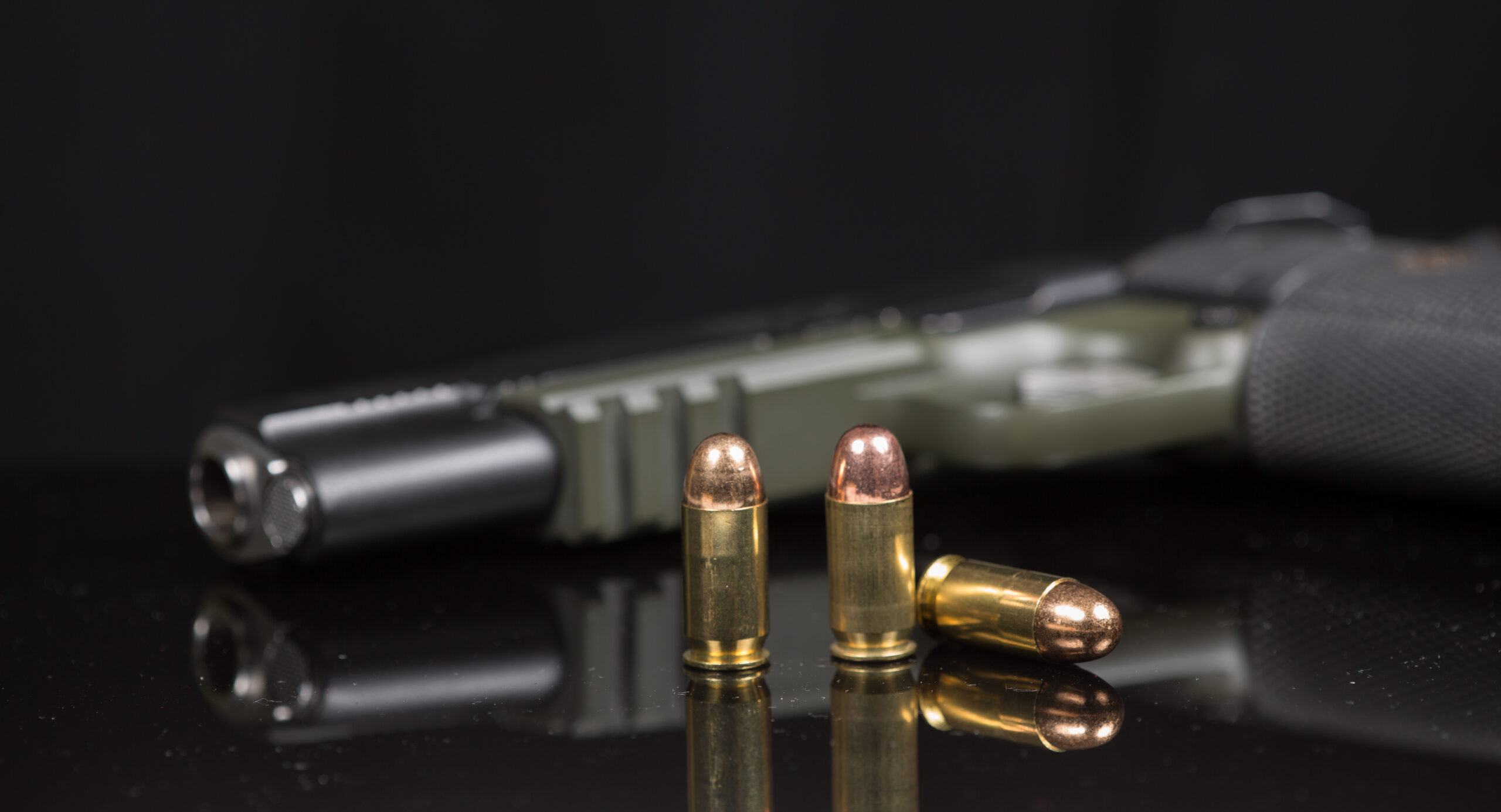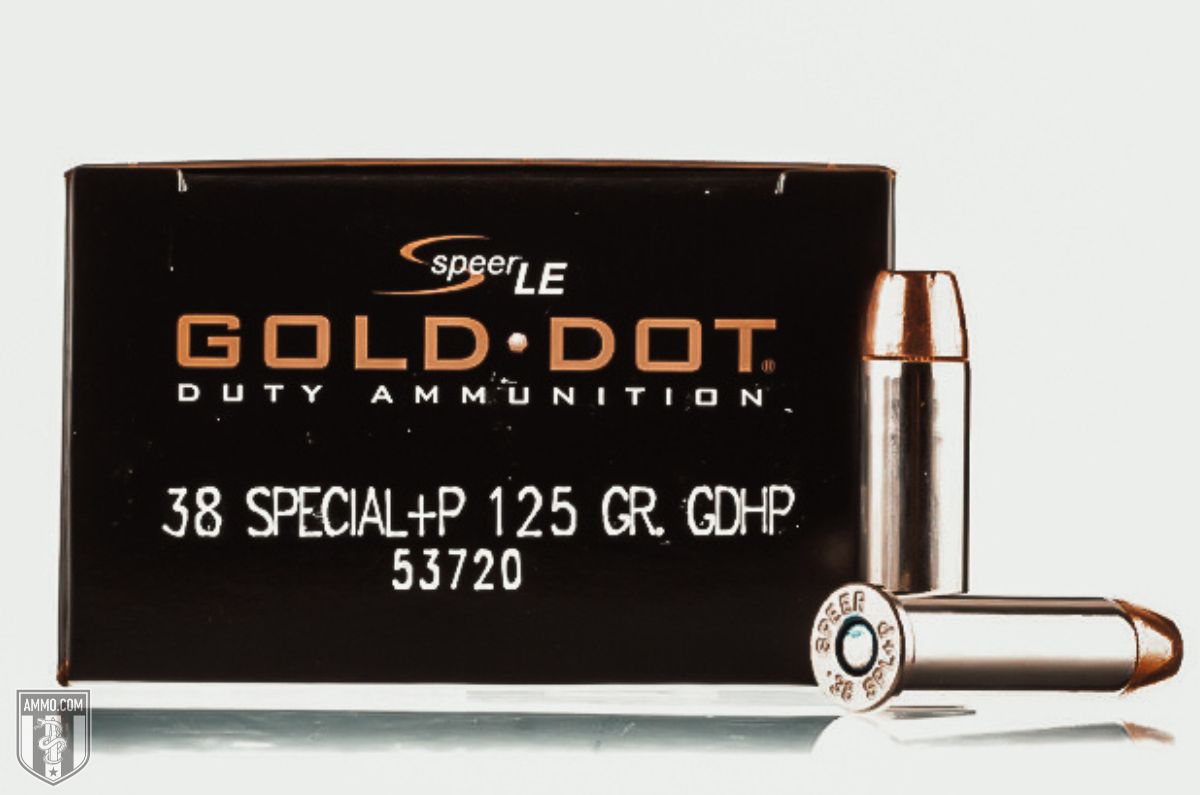Revolver Ammo Types - Whether you are a brand new handgunner or you are a seasoned veteran, sometimes it is good to see some data on the cartridges we shoot. Maybe we're thinking about expanding our gun collection but we're not sure which way to go in terms of caliber, or we're curious where the .380 ACP comes from, for example. Again, we can be reloaders and wonder if the new caliber we thought was easy to reload. A cartridge comparison guide is a good place to start.
One thing is for sure - we who shoot handguns have never been better when it comes to the variety of cartridges out there. Whether you're a hunter who prefers rimmed cartridges in a single or double-action revolver, or a shooter who uses a semi-automatic for multiple purposes, there's at least one cartridge that will work.
Revolver Ammo Types

The list of cartridges designed for handguns is long, but we look at the top 11 options. How do I know this is the best option? Sales Below are the US by sales figures. The best-selling handgun cartridges in We will see where they come from, average ballistics, and common uses for each one.
Magnum Sbd 158 Grain Xtp Subsonic
When you look at the list, you will see boxes named with words or letters after their numerical designation. What are the main points of interest? Why are some in millimeters and others not? What is meant by âSpecialâ and âMagnumâ? Let's find out
Caliber is given in millimeters or decimals. This is mostly related to where the cartridge comes from. If it comes from Europe, USA developed in England. Although some metric cartridges are developed in rounds or U.S. Usually use a decimal designator. Both types of names indicate more or less diameter of the bullet. 9mm, for example, fires a 9mm bullet, about .355 inches in diameter. Both 10mm and .40 S & W shoot the same bullet - .401 inches in diameter. (Quick clarification - when I use the word "round", I mean cartridge. I think I'd better say that up front.
Other descriptive nomenclature is simply an informal designation to further differentiate cartridges; Here I explain the non-numerical terms listed above:
Both .38 Special and 357 Magnum cartridges use a bullet with a diameter of .357 inches, but the .357 Magnum round will not fit in the .38 Special cylinder - it is intentionally too long. The .38 case is 1.155 inches long, while the .357 case measures 1.285 inches, a difference of .17 inches. The .44 Special and Magnum cases are nearly identical in length to their .38 counterparts (1.152 versus 1.280 inches). ) The old .38 Special is loaded to a lower pressure than the .357 Magnum, as are the .44 rounds.. The Magnum rounds are more powerful often will blow an old .38 or .44 special revolver. Therefore, we must be careful not to confuse the two. Some old .38 special revolvers are used enough to allow the .357 Magnum cartridge to be inserted but I don't want to fire it.
Long Colt Vs. 45 Acp
So, once you are familiar with the system, you will realize that the .38 Special and the .357 Magnum shoot the same bullet, .357 inches in diameter. Why is it called .38 a, you may ask. The .38 Special predates the .357 by a third of a century. Several different .38 caliber rounds were used until the year (1898) when the .38 Special was introduced. The .38 Special round is derived from the .38 Short Colt, which was developed to shoot in .36-caliber cap and ball revolvers. Although it fires a .357-caliber bullet, it is called a â.38â. â.38â Loaded in case the diameter is quoted. Consequently, both the .38 and .357 use .357-caliber bullets.
Special / Magnum Reloaders - Note: If you reload and load both the Special and Magnum versions of this .38 / .357 cartridges or their .44 counterparts, please do not put the Magnum-level load in small things. Use only magnum cases for magnum loads. It's okay to unload a small magnum load, but still use a longer case. This is a suggestion from not-so-pleasant personal experience.
âACPâ stands for Automatic Colt Pistol. John M. Browning designed both .380 and .45 ACP rounds - more on that below.

âS&Wâ stands for Smith & Wesson, the company that developed the .40 cartridge. Someone had a hand in it but the headstamp on the .40 S&W case says exactly 40 S&W.
The Abcs Of Ammo: The Different Designations Of Pistol And Rifle Calibers
.45 Colt was designed by Colt and introduced in 1872. It was intended to be fired in their 1873 Peacemaker single-action revolver. It was the official cartridge of the Army for 14 years. Some sources call it .45 Long Colt, but technically it is .45 Colt, the âLongâ part was added by the Army quartermasters to distinguish it from the .45 short cartridges of the day but what we call it .45 Colt today.
Rimfire cartridges have their priming compound on the rim of the case. .22 is an example of this. In the 19th century, many large caliber rounds were rimfires. Today, very few cartridges are rim-primed.
Centerfire cartridges use a separate round primer to ignite the powder in the center of the case head.
Now that we know the difference, let's take apart the centerfire cartridge and define each part. (Rimfire cartridges use the same basic components minus the primer but we see the center round).
Is The .357 Magnum The Most Versatile Handgun?
Cartridge Case: A brass (or aluminum) casing designed to hold a charge of powder, bullet, and primer (centerfire). The case is round with a flat âheadâ (the end towards the breech) and a rim (revolver cartridge) or rimless (semiauto cartridge) attached to the head.
Boxer primers fire through a concentric hole in the bottom of the case and has an anvil that crushes the priming compound. This is the most popular for modern handgun and rifle cartridges. The boxer-primed case is easy to reload.
The Berdon primer is designed to be fired through two holes in the head of the case, which contains an anvil that crushes the priming compound. This convex anvil is in place of the hole by the box boxer-primed. Berdon-primed brass is very rare in modern weapons - it is popular in Europe, mostly with old military surplus rifles and handguns. Burdon-prime cases are not easy to reload and are generally not worth the trouble. One should know the difference between Petinju and Berdon primers because most Berdon priming compounds are corrosive and must be cleaned after the gun is fired.

How to spot two: Look at the empty cartridge case. If you see the hole below, it's the boxer-prime. Two small holes on both sides of the center say it was Burdon primed. Unless you're loading a rare, hard-to-find Burdon-primed cartridge, you're usually throwing away an empty one. Burdon-primed cases are not worth the trouble, believe me.
Special Vs .38 Super
There are two basic sizes of primers, large and small, and two different power levels, standard and magnum. The same is true for pistol and rifle primers.
The propellant is ignited and burned by the primer pushing the bullet down the barrel and out the muzzle. There are several types of powder, each performing one or more specific functions. Slow-burning powders are commonly used in magnum cartridges. This powder usually requires a large charge to the case and burns slowly. It is necessary to propel a large bullet through the barrel of a long magnum revolver at maximum speed. At the other end of the spectrum, there are fast-burning powders that excel in lighter target loads or rounds that can be used in semiautos with their shorter barrels. Powder selection can be an article in itself - it involves a lot of details and variables.
A projectile that shoots out the muzzle of the gun when the primer powder is ignited. Note that a bullet is just a projectile... don't call the entire cartridge a âbullet.â It is called a cartridge for a good reason.
There are thousands of bullets available, but for handgun related purposes we will discuss cast lead bullets or jacketed bullets here. Each has its uses. Suffice it to say, in general, cast bullets are used in low-velocity target loads or magnum-level hunting loads in revolvers and semiautos. Jacketed bullets (jacketed hollow point, JHP or jacketed soft point, JSP) are used in self-defense or hunting loads because they expand to a larger diameter after hitting the target to increase incapacitation. Like cast bullets, jacketed bullets can be fired in revolvers or semiautos.
Accuracy In Handguns
Sig p365 tulster holster, sig p365 iwb holster, sig holsters p365, sig p365 sas holster, sig p365 xl holster, sig p365 hybrid holster, appendix holster sig p365, safariland holster sig p365, sig p365 belt holster, sig p365 holster, sig p365 purse holster, sig sauer p365 holster
0 Comments